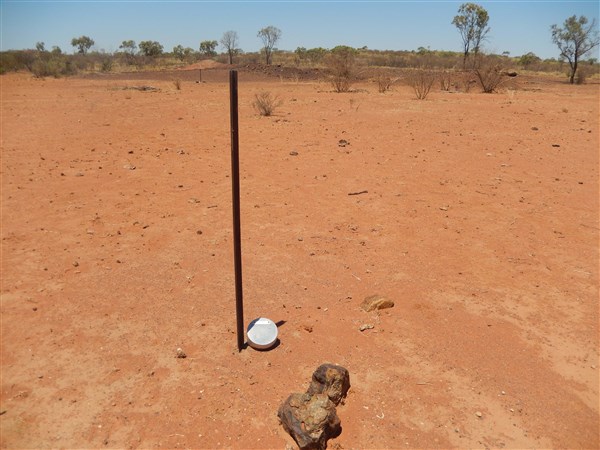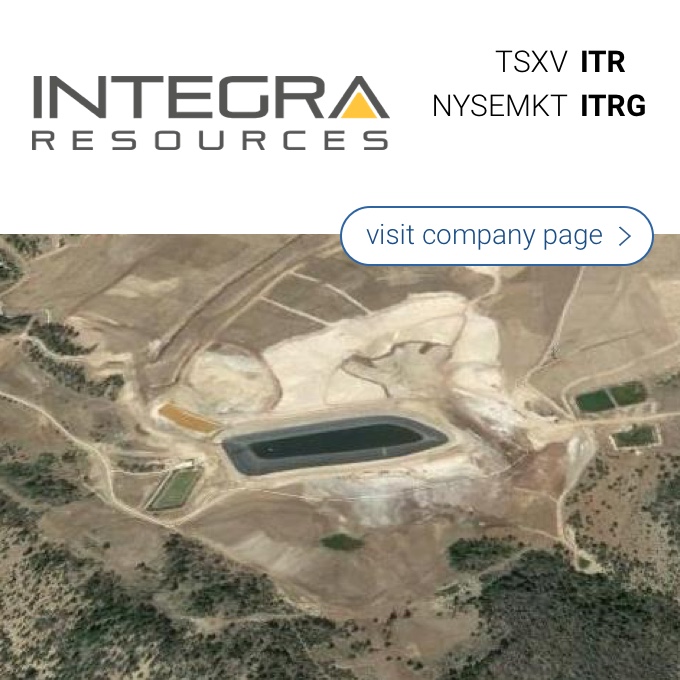
A reader forwarded us a link to a new interview with Doug Ramshaw, director of Vendetta Mining (VTT.V) which was published on a third party website. We have copied a few of the highlights here below, but encourage you to read the entire 6,000 word interview on CEO.CA. The emphasis in the excerpts here below is ours.
We weren’t interested in trying to make grassroots discoveries because it’s costly, the odds are very much against you, and a lot of the low hanging fruit has been taken. With the exploration cycles we’ve had in the past, the easy stuff has been found.
We looked at a project that had been found in the past to see if it had been misinterpreted or if there was some different approach we could take. People who are close to a deal often can’t see the woods for the trees. So, we were able to take a fresh look at a project that, in our opinion, had been misinterpreted for many a year. The work that we have done over the last couple of years has really justified that approach to Pegmont.
The zinc grades are increasing:
The initial resource was about 5.3 million tonnes grading 9.25% combined lead-zinc. That was established on the upper part of the deposit, Zones 1-4 with a 2.5:1 lead-zinc ratio. We only really look at the sulphide portion of the deposit as it’s what we are interested in – It’s what our potential end-users would be interested in. As we’ve started to drill off Zone 5, we have started to see grades which surpass the upper part of the deposit and, more importantly for us, zinc grades that are approaching 1:1 with lead; in some cases we are even seeing as much as 2:1 zinc to lead in the lower part of the deposit.
About the lack of by-products:
And a key feature of the Pegmont project is that it is almost entirely zinc and lead. When we’re speaking of things in a zinc-equivalent grade, it’s not comprised of other metals. That matters because the other metals may not necessarily follow suit. It’s subtle, but it’s very important. If you have a zinc-equivalent grade where your zinc-lead component is only half of your overall grade, then you have to look at the other metals and ask if those are going to be moving the same way as zinc and lead? If it’s not the case, then maybe that project doesn’t have the same leverage to the metals market that we feel a pure lead-zinc project like Pegmont has.
And finally, about the ‘end game’:
We’re not portraying ourselves as miners here. Our goal is to develop an asset that, hopefully, has all the characteristics that make it attractive for someone who does want to mine it. At that point, all the benefits of the infrastructure, all the benefits of potential smelters, and the benefits of what we believe could be a smooth path on the permitting side, if there is such a thing, will come into play for someone else.
Our conclusion:
We have a long position in Vendetta Mining for the exact same reason. Only a few zinc-focused projects are in an advanced stage right now, and as the Pegmont project ticks a lot of boxes (grade, accessibility, geopolitical safety,…), it will be high on the list of base metals players looking to add more zinc assets to their pipelines. 2017 might be a bit too early, but we do expect fireworks once the Preliminary Economic Analysis will be published, as this will give investors a first ‘semi-tangible’ value for the Pegmont project. And it will be substantially higher than the current market capitalization of just C$9M. It’s still early days, but we dare to go on record here, and the NPV could easily be 15-20 times higher than the current market capitalization, even at zinc and lead prices lower than the current spot price.
Read the entire interview
The author has a long position in Vendetta Mining. Vendetta is a sponsor of the website. All excerpts were taken from CEO.CA, and the responsibility of the publication lies with that third party website. Please read the disclaimer

